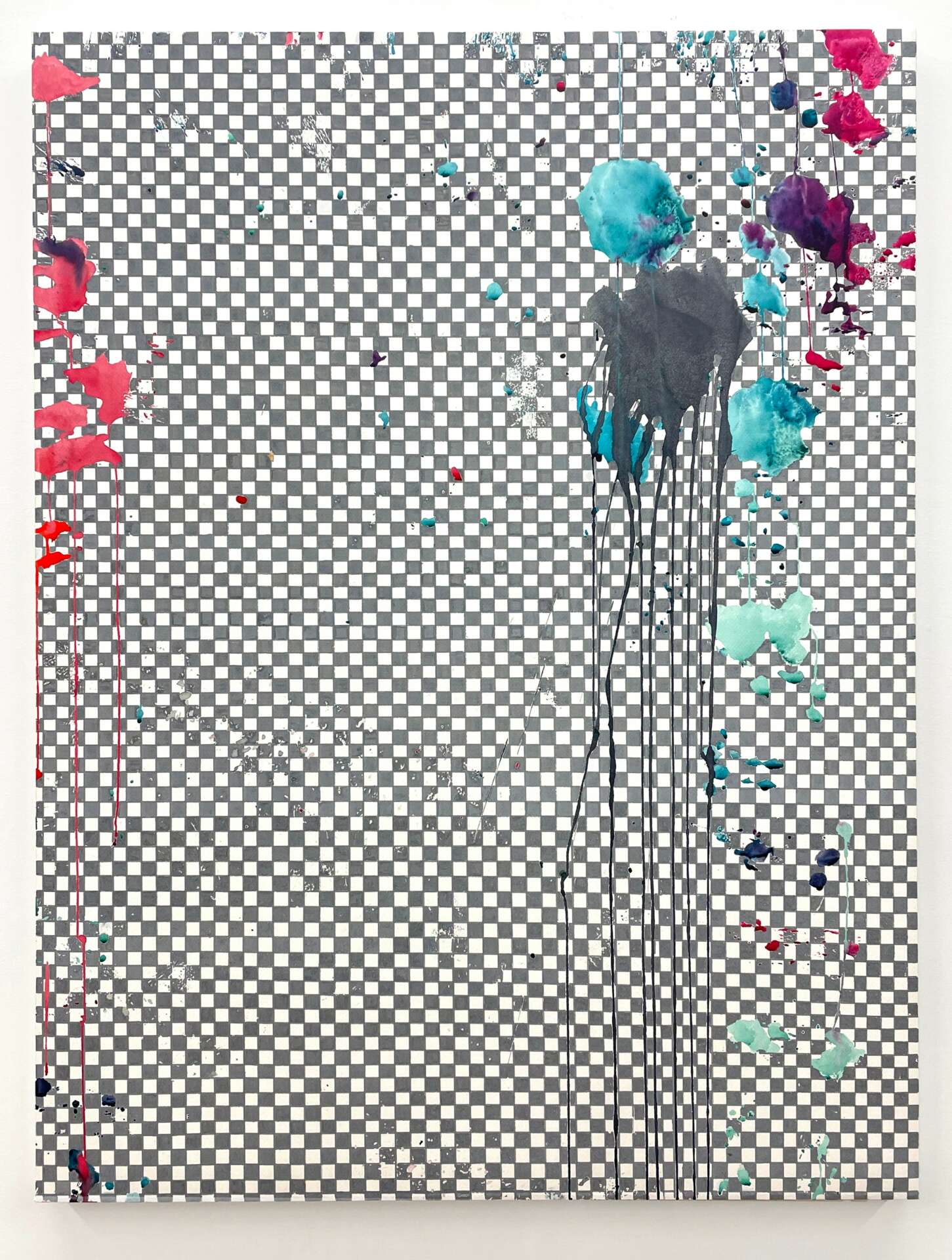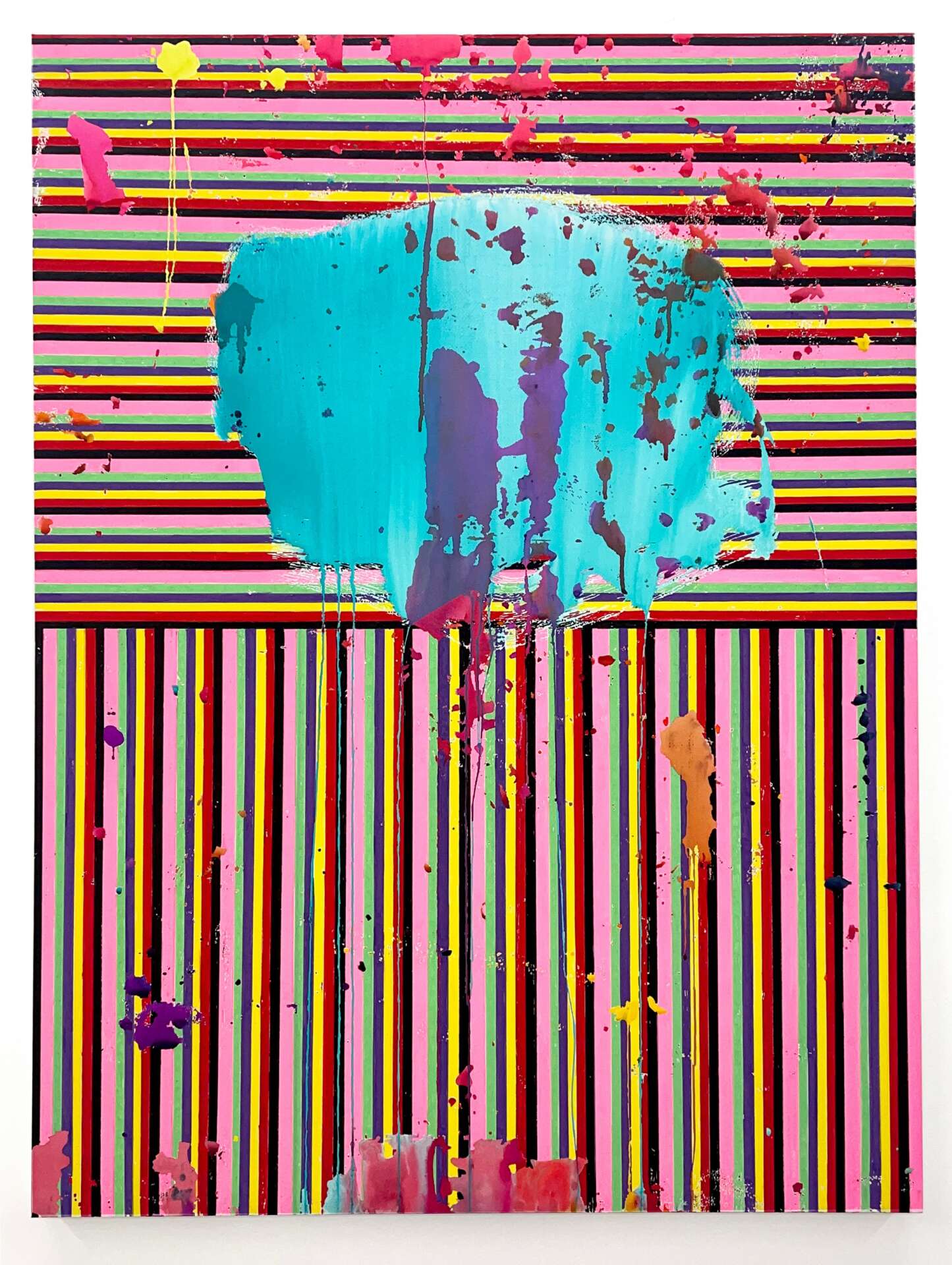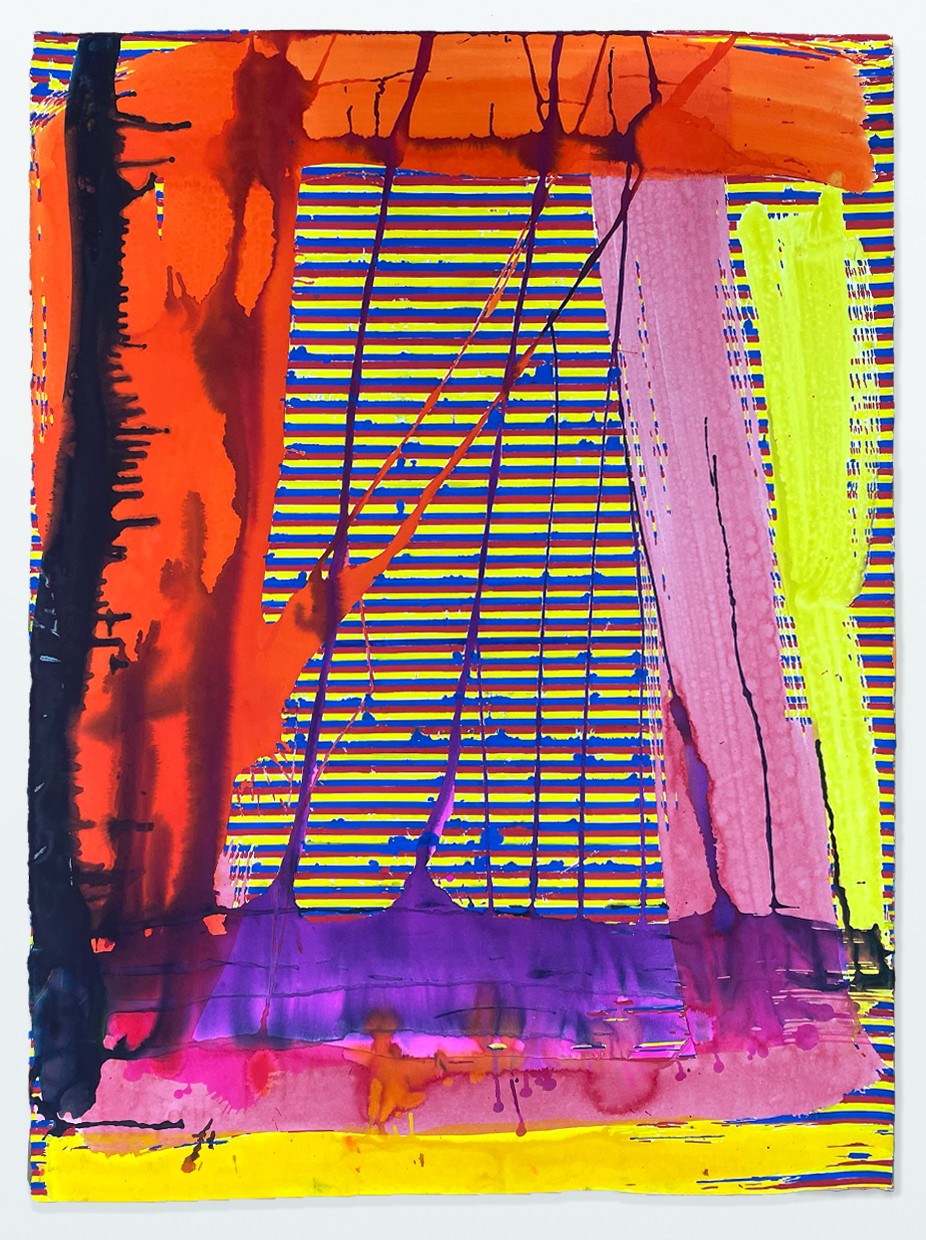We’re excited to introduce you to the always interesting and insightful Jorge Rios. We hope you’ll enjoy our conversation with Jorge below.
Hi Jorge , thanks for joining us today. When did you first know you wanted to pursue a creative/artistic path professionally?
Being an artist is both a curse and a blessing. I’ve painting since a very early age and to stop doing it has never been an option.
I was born in Havana, Cuba in 1988, right before the collapse of the Soviet Union. I grew up between the Big Brother style propaganda of the totalitarian communist regime—mandatory marches, chants, slogans, uniforms—and the virtual exposure to the capitalist exuberance of the nineties: the promise of a colorful life through commercials of American television via homemade pirate antennas, Sears catalogues my father would bring from his travels, the stories of emigrates, and pop culture in general. At the age of 14, I attended the National Academy of Beaux Arts San Alejandro. This centennial institution had a curriculum heavily focused on contemporary art. The condition of double isolation—geographical and political—created a complex of being left-behind in the young art students that translated into an unquenchable hunger for cultural information. I did not have a lot of interest in the art made in Cuba at that time, since it was polarized between a formalistic, government-friendly, decorative dullness or in the service of the opposite: contextual and socio-political content-driven work lead by figures like Tania Bruguera. The Cuban artists that I admired and whose subjects were more akin to my emergent philosophical interests had left the country in the early nineties, establishing themselves mostly in Mexico or the U.S.—artists like José Bedia, Flavio Garciandía, and Tomás Sanchez.
In 2013 I found myself emigrating to the U.S. as well, further complicating the sense of identity that marked my previous life. As an immigrant, I am always in a state of flux, dislocation, adaptation, and expansion. It took some time for me to embrace those contradictions, intersections, limitations, and inconsistencies not as a dislocation of the Self, but as something that was central to my very essence. It is precisely because of the potential of the work of art to perform within the ineffable co-existence of opposites, of poetic ambiguity, that I couldn’t be anything other than an artist—at least not happily. That is also why my work resists negotiating with certainties. It exists in a state of perennial doubt—an aesthetic interrogation.


Jorge , before we move on to more of these sorts of questions, can you take some time to bring our readers up to speed on you and what you do?
I want to make paintings that make you happy. I often describe myself as a recovered conceptual artist. My current work is purely optical and has no intentions of referencing anything other than itself. I guess you can say it is about the way it makes you feel…
I believe in the potential of the aesthetic experience to transcend the mere verbal and intellectual. I think it was Gerard Richter who said that “theory has nothing to do with a work of art. Pictures which are interpretable, and which contain a meaning, are bad pictures.” I strongly agree with that.
The ideas that are exciting to me are: painterly conventions, artistic perception, and the process of creation. I think of my work as an interrogation of the possibilities and relevance of painting as a discipline. I privilege stylistic diversity over predetermined notions of identity and recognizability: I want my work to exist in a sort of protoplasmic state! A mirror on which different modern traditions from conceptualism to minimalism and abstract expressionism coexist.
My current practice consists of abstract paintings on paper which I make using a combination of watercolor and acrylic paint markers. I create these paintings in two distinctive steps: The first one, reminiscent of gestural abstraction, is fast and driven by chance. The second phase—informed by minimalism—consists of filling out any fragments of the paper untouched by the watercolor using a marker. In contrast with first part of the process this one is mechanical, detailed, slow, and predetermined by what it is already there. These works intentionally destabilize classic relationships such as background versus foreground, spontaneity vis a vis intentionality, accident and control, as well as fast and slow mark-making. But this destabilization is not rebellious—in the way that a certain avant-garde spirit might embody reaction against tradition: the co-existence of two different modes of painting occurs as a continued examination into the history of abstraction not for the sake of innovation, but out of fascination for exploring the genre itself.

For you, what’s the most rewarding aspect of being a creative?
Being an artist is not like any other profession, something you just do at the studio. Being an artist is a way of existing, it affects every decision we make. I think is fascinating how this lifelong commitment revolves around such an elusive idea: Art. Still, we devote our life to it because somehow it feels truthful, right and beautiful. There is something very romantic about this constant jump into the uncertain. I guess that’s the most rewarding part: Is like never fully growing up, keeping the child-mind in control.

In your view, what can society to do to best support artists, creatives and a thriving creative ecosystem?
Only 2% of American artists are able to fully support themselves through their work. There’s still a long way to go in order to create a popular consciousness of investing in living artists, especially emerging ones. People would spent thousands of dollars on furniture, cars or clothes, still only a tiny minority invests on contemporary art. This makes life really hard for young artists and ends up affecting the cultural quality of the country as a whole. I think that more programs should be added to the curriculum of our academic institutions about the value an impact of collecting visual art and supporting emerging artists.


Contact Info:
- Website: jorgerios.net
- Instagram: @sense.non.no


